
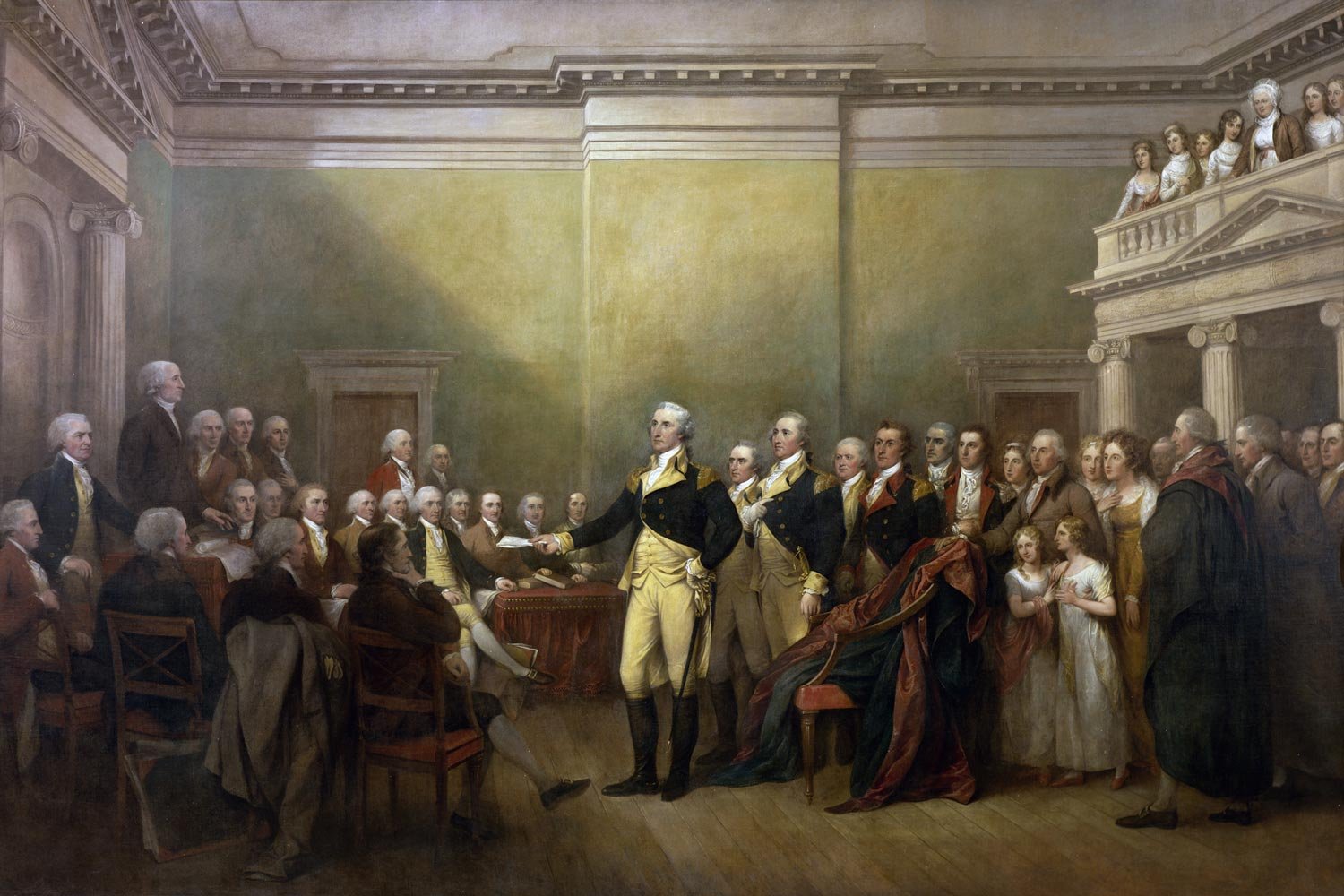
General George Washington’s Finest Hour
Following the signing of the Treaty of Paris on September 3, 1783, the need to retain the Continental Army was diminished. With Congress financially broke and little reason to think that situation would change given they had no authority to tax, they decided to cut their costs and dissolved the army.

Aftermath of the Newburgh Conspiracy
The Newburgh Conspiracy represents a time when our nation came closest to deviating from our core revolutionary principles of representative government with civilian control of the military. Because of a weak Confederation Congress and unhappiness within the officer ranks of the Continental Army, the stage was set for our new nation to drift into a military dictatorship or monarchy.
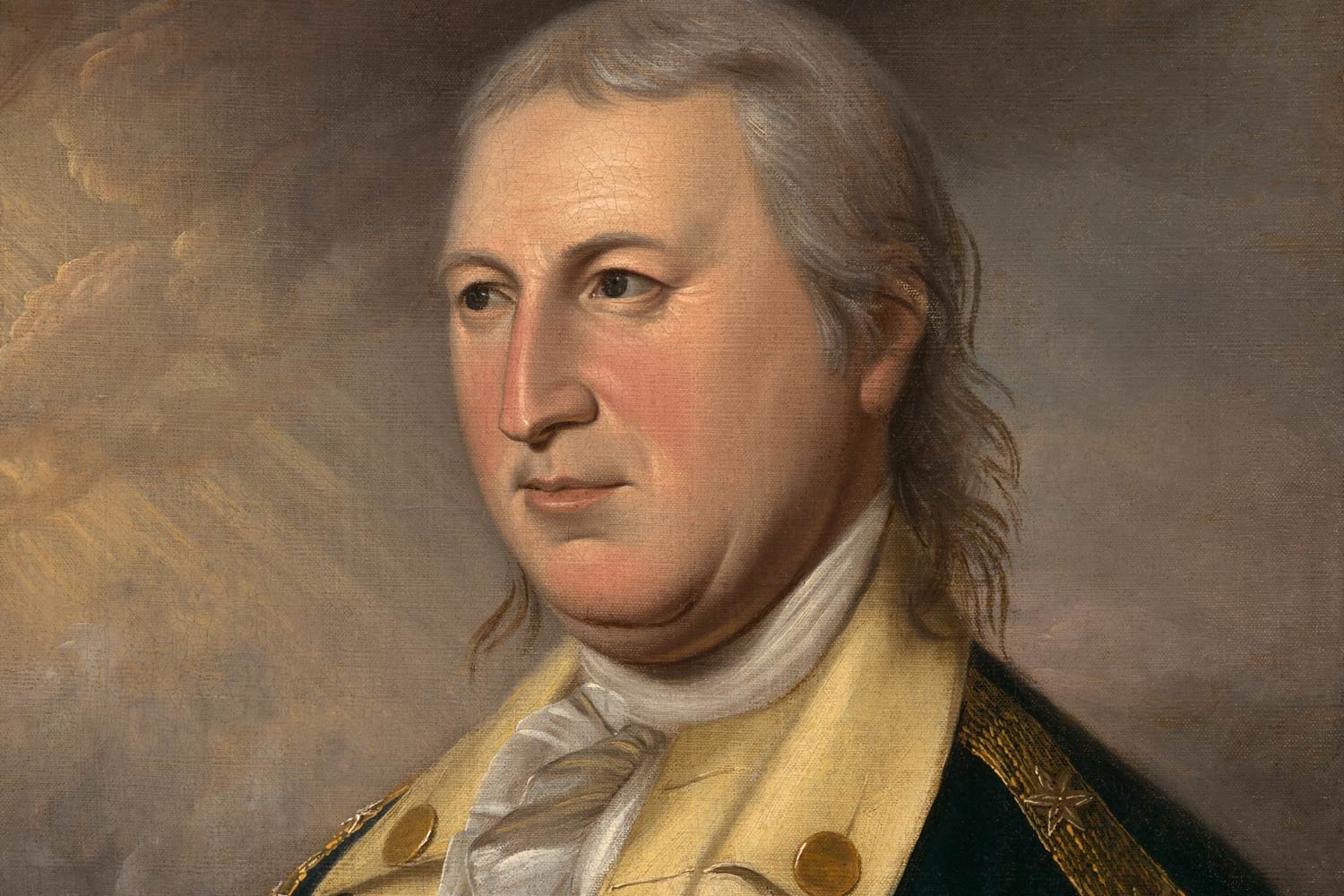
The Newburgh Conspiracy: Washington Ends a Crisis
By early 1783, America was close to finalizing its peace agreement with England. However, the Confederation Congress had some issues to resolve with its own discontented Continental Army, as the internal threat of mutiny appeared worse than the external one posed by British forces.
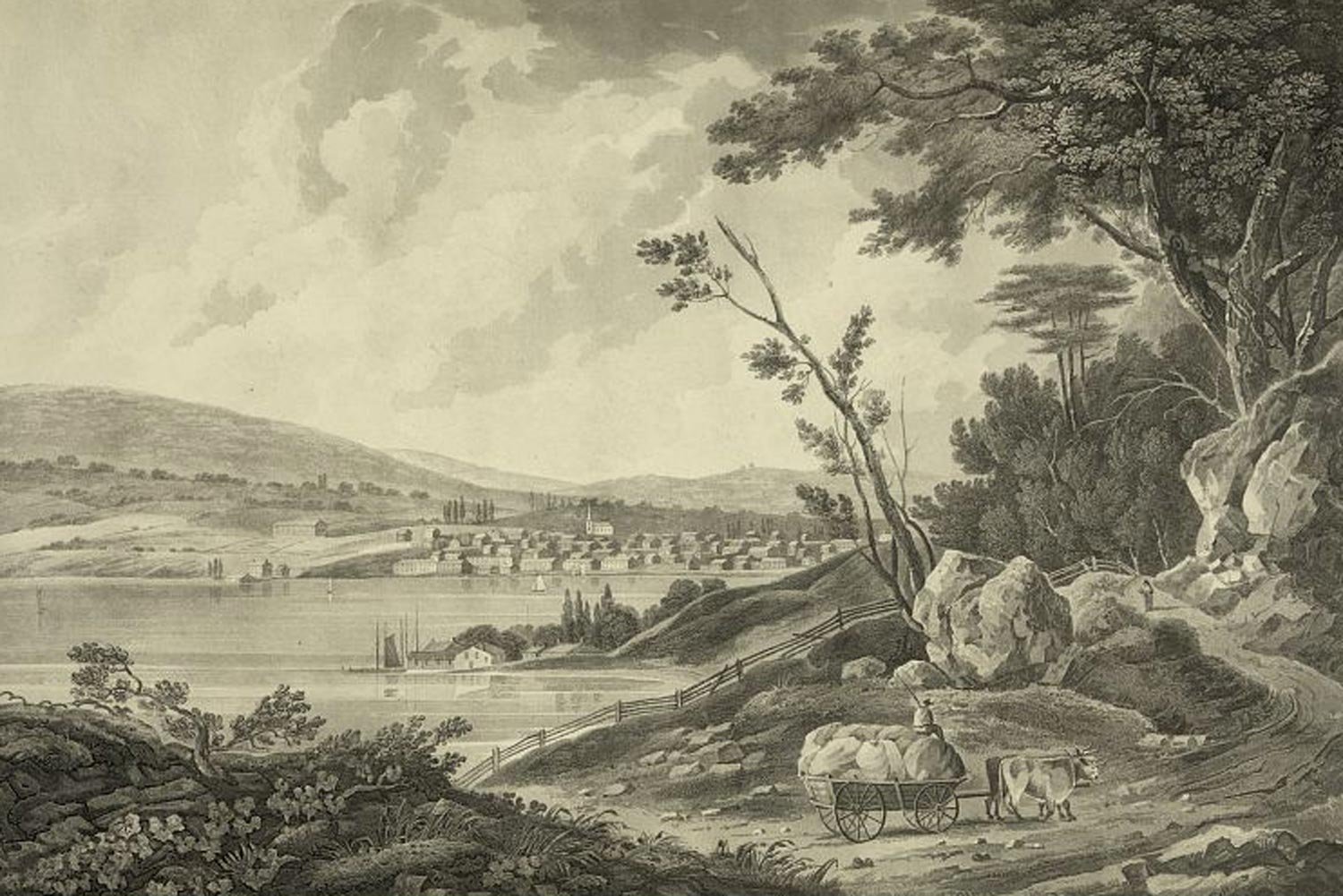
The Newburgh Conspiracy: Dissension in the Ranks
We take civilian control of the military for granted today in America. However, were it not for General George Washington’s actions and words in the so-called Newburgh Conspiracy, things might be quite a bit different.
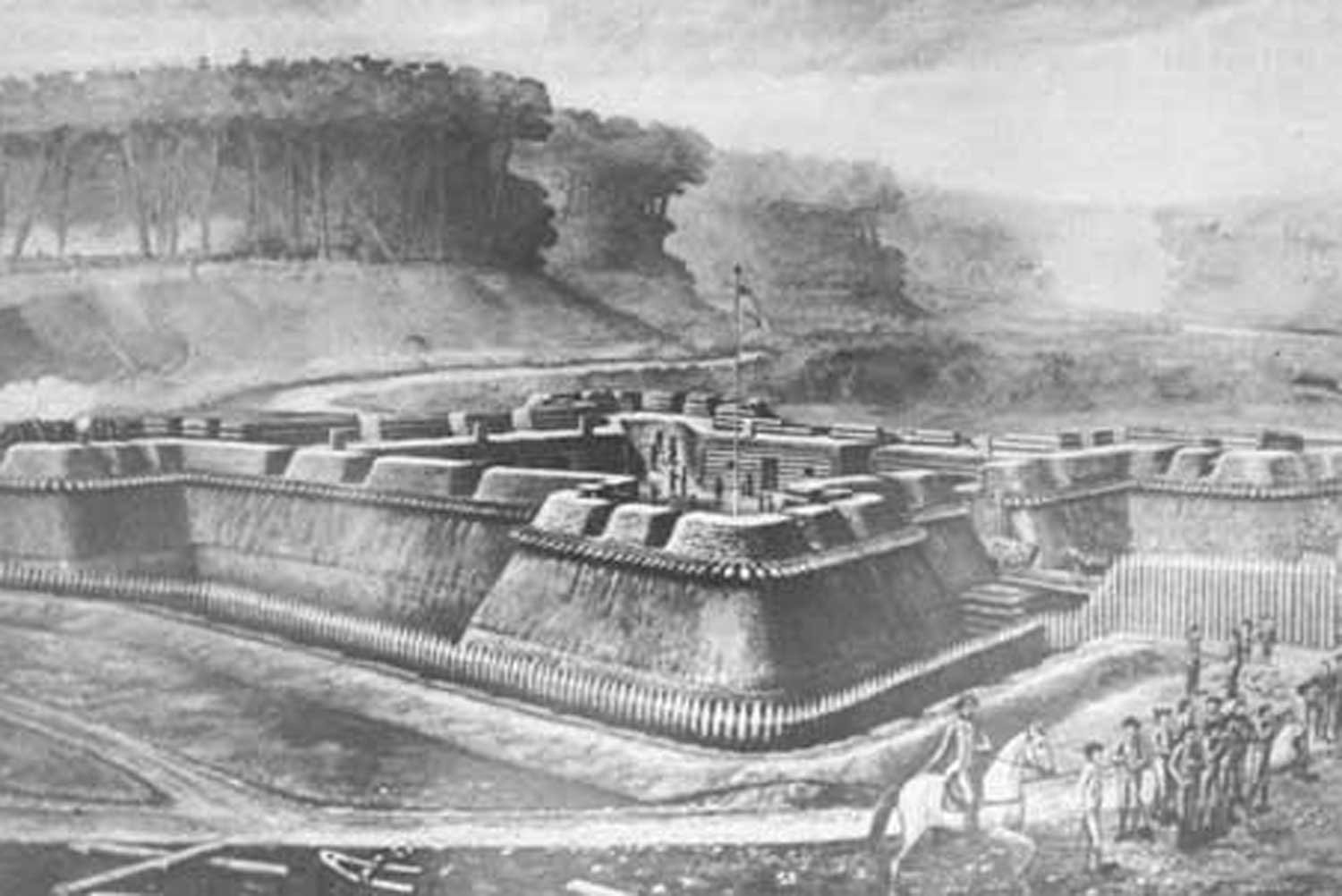
Arnold Leads Continentals to Relieve Fort Stanwix
The Tryon County militia sent to relieve the siege of Fort Stanwix had been badly mauled at the Battle of Oriskany on August 6, 1777. The combined Loyalist and Indian contingent under British Lieutenant Colonel Barry St. Leger, settled back into its work of reducing the fort or forcing the American garrison to surrender.

Death and Destruction at the Battle of Oriskany
The Battle of Oriskany on August 6, 1777, ended as suddenly and unexpectedly as it began. Shortly after 3 p.m., the Mohawks, Senecas, and Loyalists ceased fire on the Tryon County militiamen and headed back to their camp outside Fort Stanwix, about six miles away. The death and destruction left in their wake was frightening to behold.

The Battle of Oriskany
The morning of August 6, 1777 found 700 Tryon County New York militiamen encamped at an Oneida Indian village about seven miles from Fort Stanwix, itching for a fight. They planned to make a surprise attack on the British force besieging the fort, but things did not go as expected and most would not survive the day.
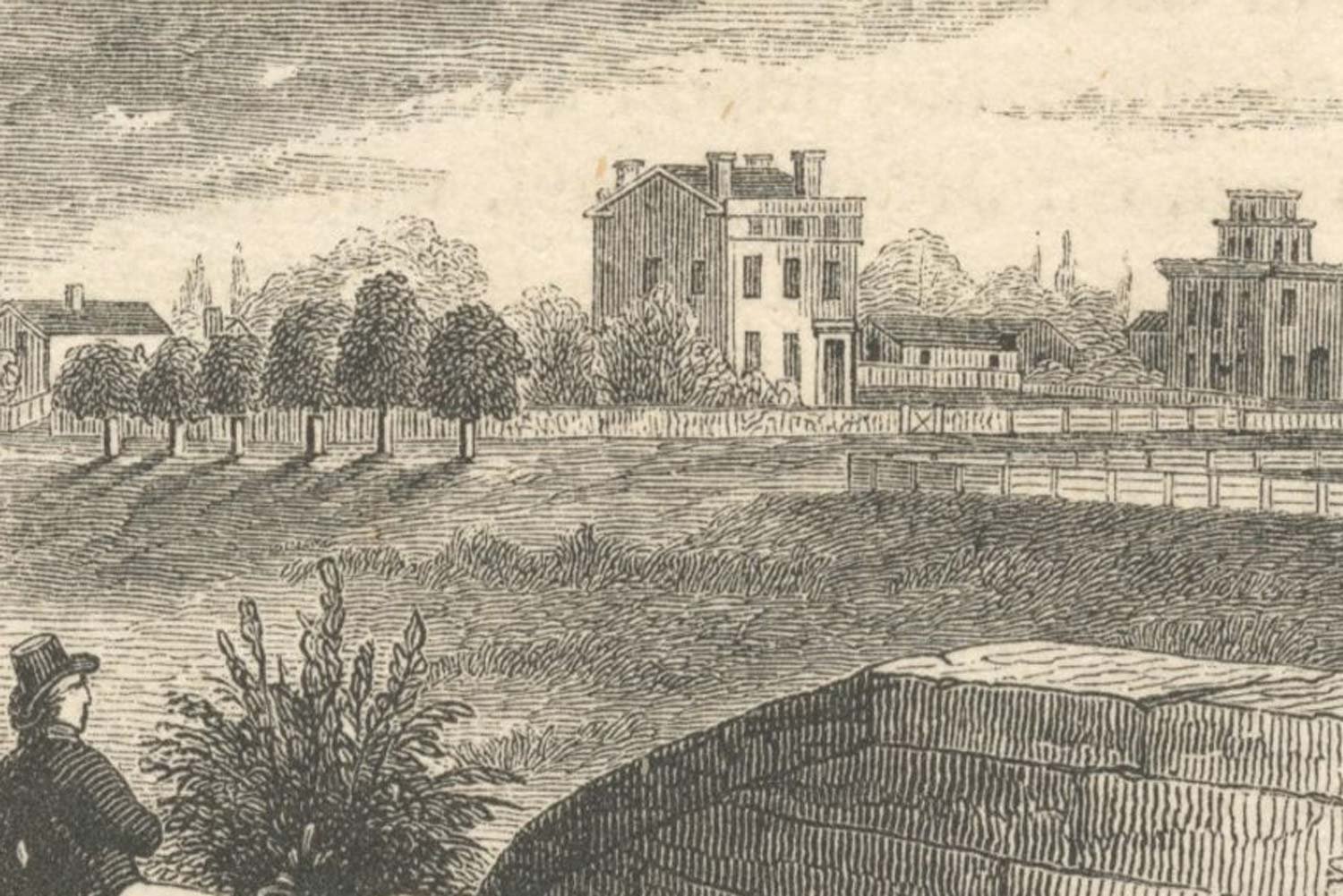
The Siege of Fort Stanwix
The American Revolution battle with the greatest loss of American lives was not one of the better-known engagements such as Bunker Hill, Brooklyn Heights, or Camden. It was a somewhat forgotten fight in western New York at a place called Oriskany. Although not well-remembered, it had a significant impact on our fight for independence.

Americans Victorious at Saratoga
Following the setback at Bemis Heights on October 7, 1777, in which the British had lost another 900 men, and despite the deplorable condition of the British Army, General John Burgoyne still had hope that he could somehow extricate his forces from the grip of the Continental Army. But the noose was tightening, and Burgoyne and his other commanders knew they had to act fast.
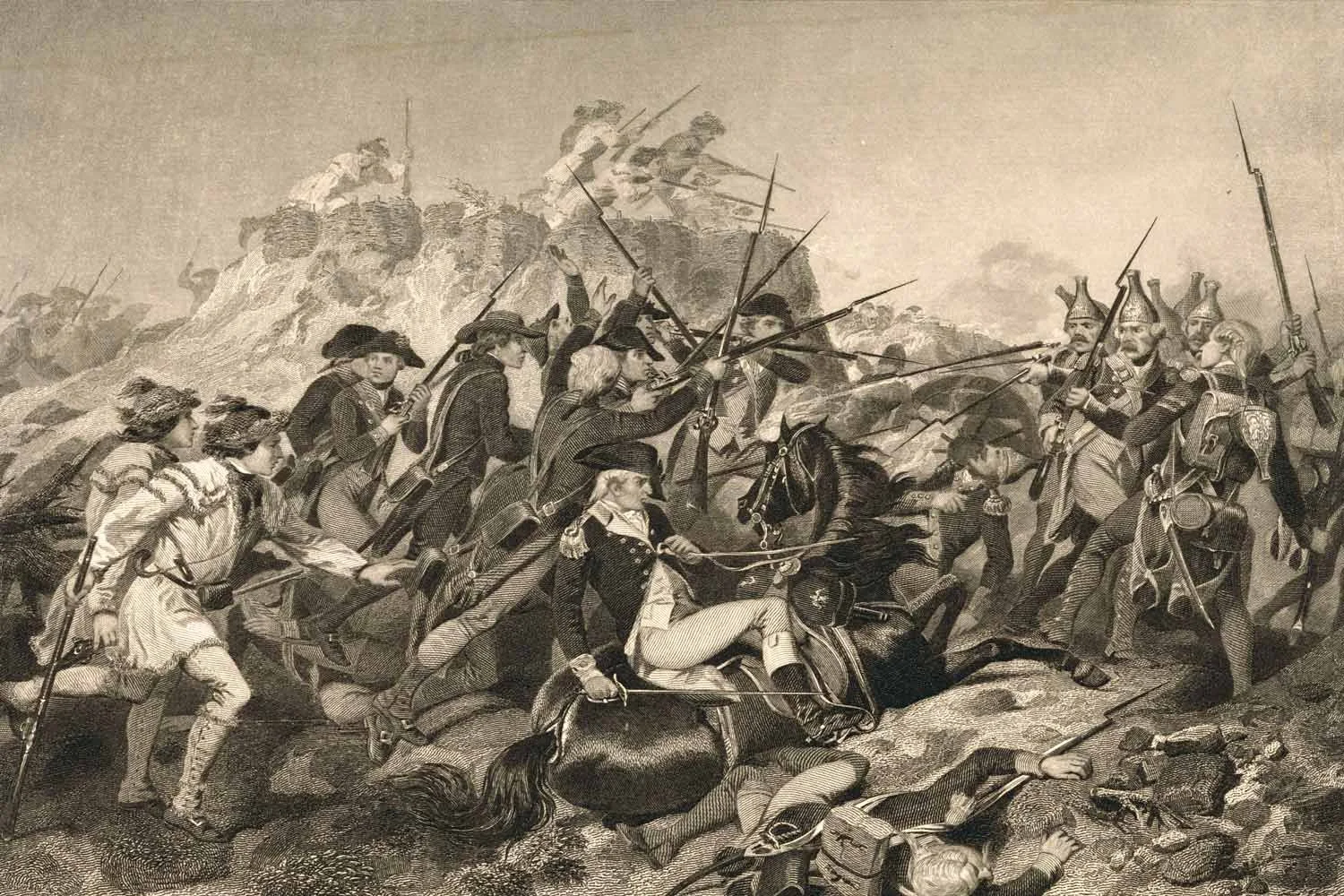
British and Americans Clash at Saratoga
By mid-September 1777, British General John Burgoyne, after crossing to the west bank of the Hudson River, was committed to continuing his advance towards Albany. There was only one road he could take to get there, and that road was strongly defended by an American army, twice as large as his own.
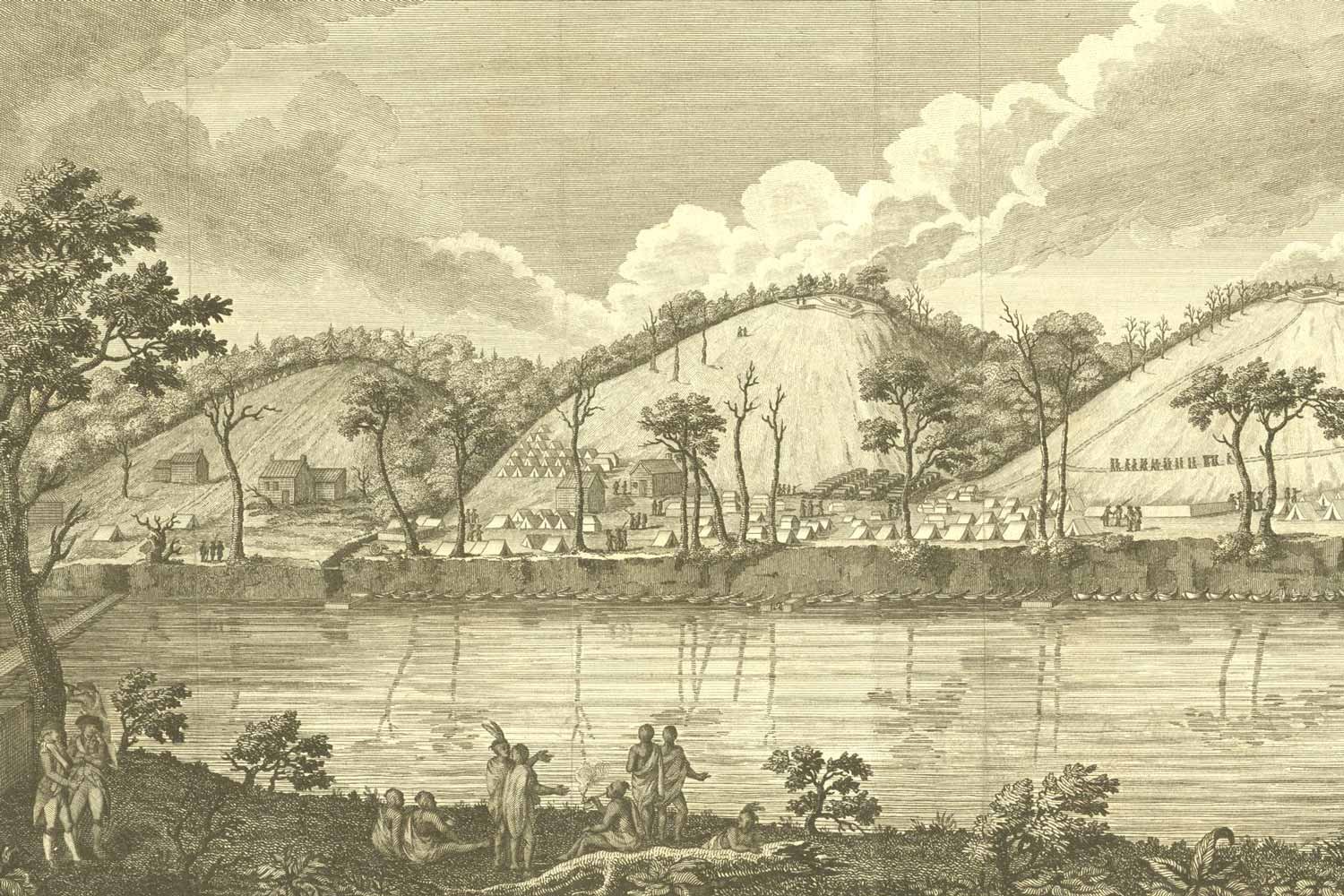
British and Americans Poised for Battle
In the eight short weeks since capturing Fort Ticonderoga without a fight, British General John Burgoyne had seen his army go from being invincible to facing starvation and defeat. More bad news arrived on August 28, when Indians brought word that a relief force under Lieutenant Colonel Barry St. Leger coming from the west down the Mohawk River Valley had turned back.
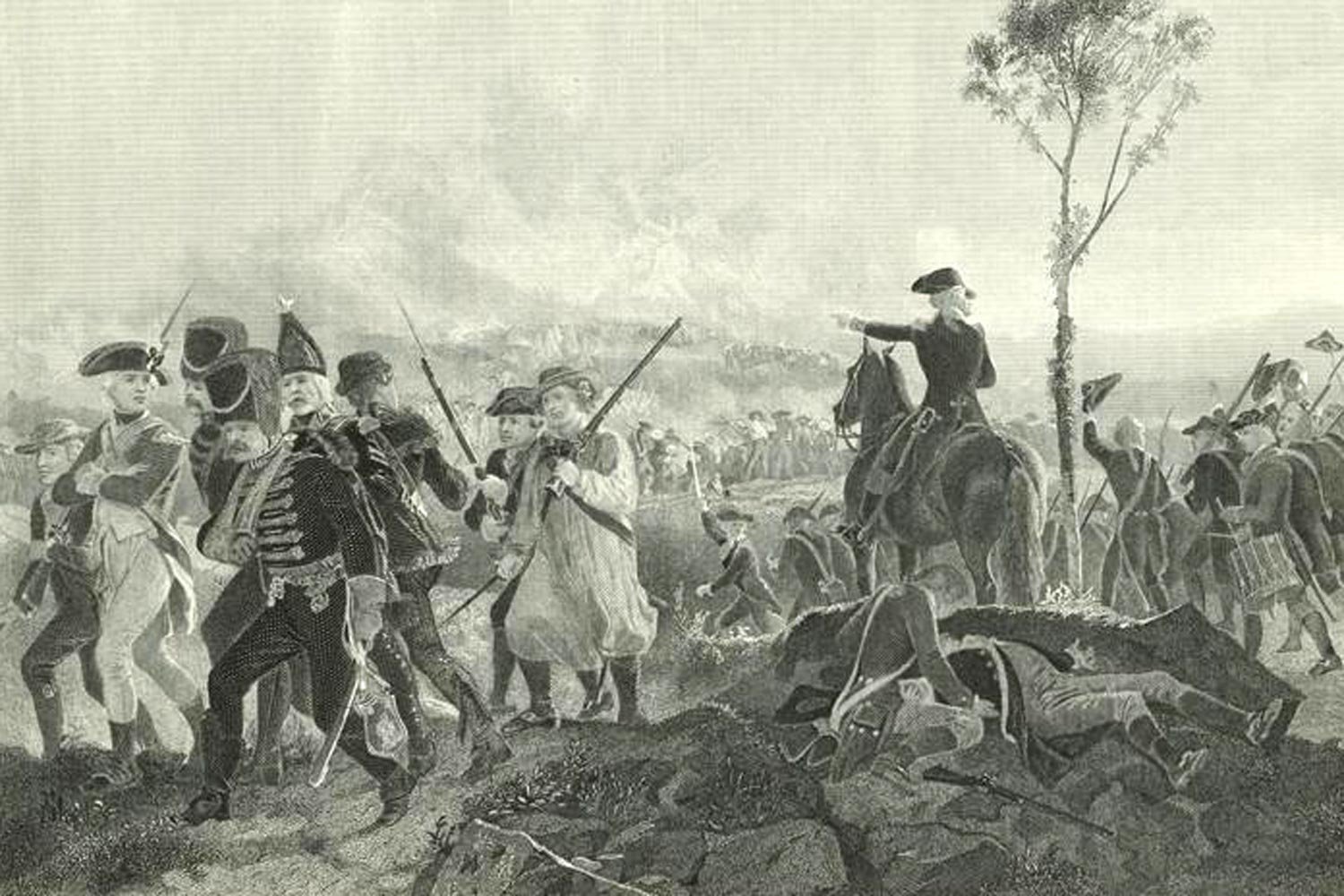
Burgoyne Battles American Wilderness and Continental Army
Despite his early successes of capturing Fort Ticonderoga and defeating the American rear guard at both Hubbardton and Fort Anne, Burgoyne now faced the greatest adversary of an army invading a foreign land: a lengthening supply line. As Napoleon remarked, an army marches on its stomach and the British soldiers were no exception.




